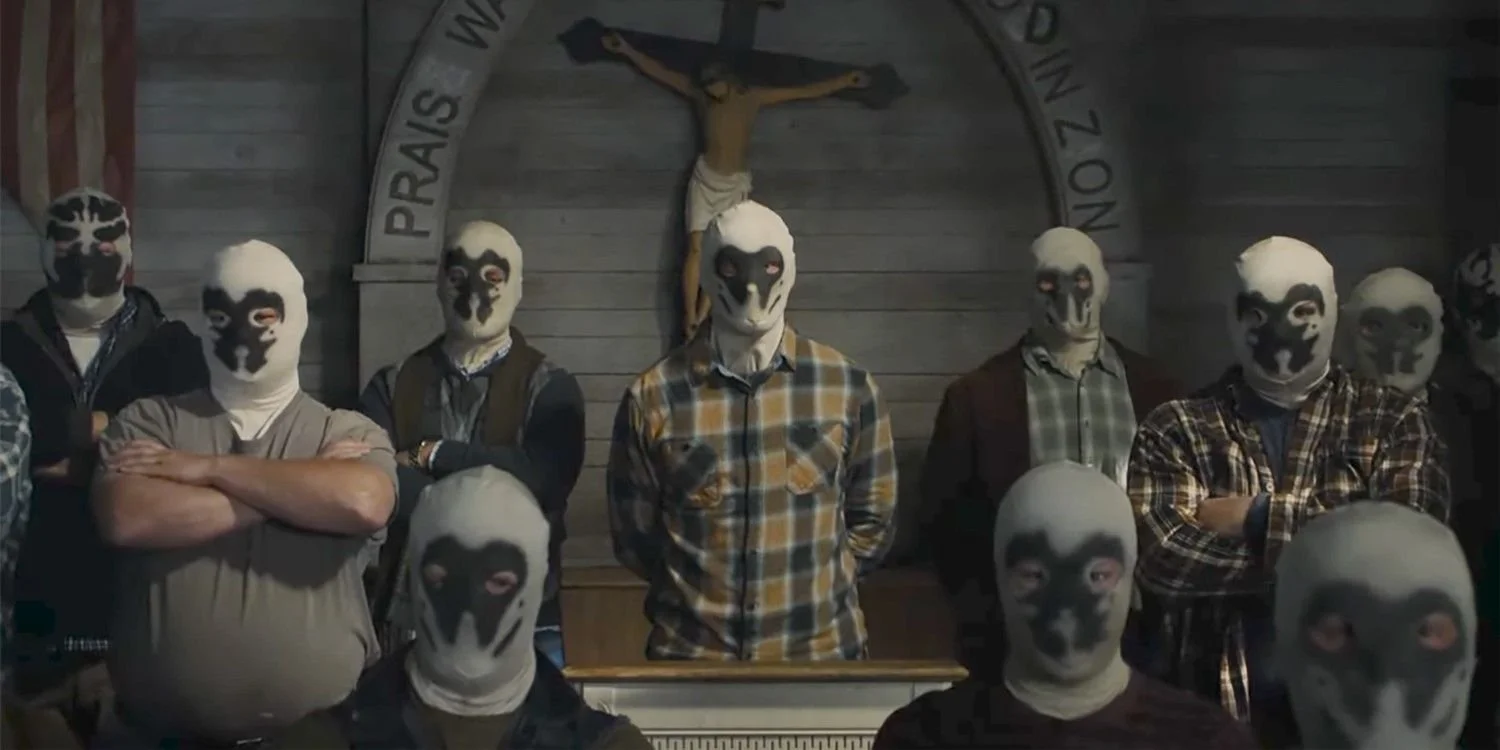Abolition and Vigilante Justice, Part I
Americans love vigilantes. America’s DNA is a coiling double helix of white supremacist vigilantism and abolitionist vigilantism. While neither group is homogenous, they both appeal to a “higher law” to justify violence in a constitutional democracy that often makes systemic change laborious to achieve. Yet, this dynamic is not a pure duality. Historically, abolitionists were far more outside the mainstream than white supremacists, who often had advocates at the highest levels of government.
Abolitionists had an awkward relationship to the Constitution. The notorious Three-Fifths Compromise enshrined slavery in the nation’s founding charter. Many abolitionists turned to the trope of the higher law to escape this bind. According to this idea, God’s law supersedes man’s. While the Constitution might consider slavery legal, God deems it sinful. Although we think of abolitionists as being “on the right side of history” today, they were widely derided as fanatics in the 1850s.
For abolitionists, however, following the higher law meant following scripture and one’s conscience even when doing so was illegal. The passage of the Fugitive Slave Act in 1850, for instance, was a bright line for many abolitionists because it obligated free states to remand fugitive slaves back to slave states. William and Ellen Craft experienced exactly this situation when the Georgians who claimed to own them sent operatives to Boston to retrieve their “property.” Through a mix of legal technicalities, civil disobedience, and outright intimidation, the Boston Vigilance Committee thwarted the slave hunters, until President Fillmore authorized the military to intervene—but not before the Crafts fled to England.
Portrait of John Brown by Augustus Washington, c. 1846.
In The Abolitionist Imagination, Andrew Delbanco argues that abolitionists bequeathed a troubling legacy because their fervor to defeat evil leaves no room for compromise, negotiation, or gradualism. While the logic of the higher law is inflexible, its content is infinitely flexible. The Ku Klux Klan can also claim to follow a higher law, albeit one diametrically opposed to the one cherished by abolitionists. The problem with the trope of the higher law is that it can be used to justify violence for the sake of any cause.
Alan Moore and Dave Gibbons’s legendary graphic novel Watchmen (1986) personifies this dilemma in the character of Rorschach, a vigilante who conceals his identity behind a mask decorated with the shifting ink blot of a Rorschach test. In his zeal to expunge injustice, Rorschach has no compunction about killing criminals. The aptly named Rorschach evokes fear, disgust, or admiration depending on the audience.
Rorschach resembles John Brown—the ultimate American Rorschach test, terrorist to some, and liberator to others. Brown felt called by God to declare war on slavery. He started by helping fugitive slaves escape to Canada, but felt the Underground Railroad alone was insufficient. During the Pottawatomie Massacre, Brown executed five slave holders in Kansas. He longed to spark a widescale revolt among enslaved people, as Nat Turner had attempted in 1831. In 1859, Brown embarked on his wildest plan yet by seizing control of the federal armory at Harper’s Ferry. After a series of bizarre tactical decisions, Brown was captured and executed for treason. Brown became the ultimate martyr of the abolitionist cause. Unlike more pragmatic figures, Brown waged a sacred crusade against evil. He felt justified dispensing with the law to follow the higher law. If one does not share Brown’s very specific theological commitments, however, one may consider his tactics misguided.
This thorny debate over the justifications of vigilante violence animates HBO’s Watchmen (2019), a quasi-sequel to the original graphic novel. While Moore and Gibbons tackle Cold War paranoia, Damon Lindelöf critiques white supremacy. Opening with the razing of Tulsa’s “Black Wall Street” in 1921, the show premiered just before the height of the Black Lives Matter protests. While some critics accused it of reproducing the tropes of “copaganda,” its depiction of Black characters’ multi-generational experiences of systemic racism within policing aligns it more with abolition.
The Seventh Kavalry from HBO’s Watchmen (2019).
The villains of HBO’s Watchmen are the Seventh Kavalry, a fictionalized extrapolation of the Klan, who believe they are carrying on Rorschach’s legacy by killing cops. Wearing Rorschach masks anonymizes and empowers them to commit acts of terror. The show satirizes misguided fans’ admiration for Rorschach, who Alan Moore himself called a “mumbling psychopath.” In this world of masks, the Kavalry are the eerie doppelgangers of the cops they fight.
The show’s third episode explores the thin line between state-sanctioned force and vigilante violence. A pivotal scene stages a conversation between two women in law enforcement. Angela Abar (Regina King) adopts the Black Power-inspired persona of Sister Night after surviving an assassination attempt by the Kavalry. Laurie Blake (Jean Smart), a former masked vigilante from the original Watchmen, has forsaken her identity as the heroine Silk Specter in favor of becoming an FBI agent on the anti-vigilante task force. Laurie has come to Tulsa to help the local police, including Angela, bring the Kavalry to justice. Laurie asks Angela, “What’s the difference between a masked cop and a vigilante?” When Angela replies that she doesn’t know, Laurie says, “Me neither.” In principle, the difference is that police officers enforce the law, while vigilantes operate outside the law, but that difference often breaks down in practice. Laurie has totally disavowed her past as a costumed heroine and now sees masked vigilantes as fundamentally dangerous, regardless of their intentions. Yet, the law did not protect Angela from nearly being assassinated by the Kavalry. While Angela and Laurie share a mission, they differ on tactics.
Angela Abarr (Regina King) as Sister Night in HBO’s Watchmen (2019).
In the second part of this essay, I will suggest how Angela embodies the lineage of abolitionist vigilantes battling white supremacist vigilantes and demonstrate how HBO’s Watchmen distinguishes itself from typical cop dramas by focusing on this conflict, rather than indulging in idealized depictions of law enforcement.


